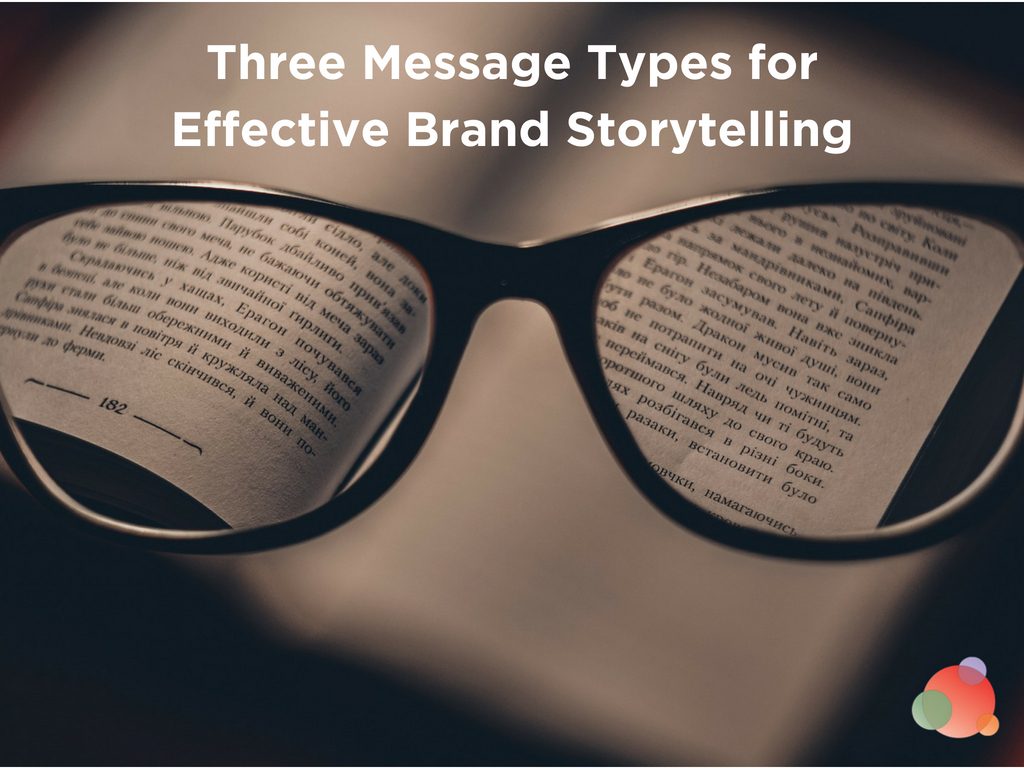 OK class! Today we are going to discuss an interesting psychological phenomenon called Pareidolia.
OK class! Today we are going to discuss an interesting psychological phenomenon called Pareidolia.
Why do we as professional communicators care about Pareidolia? Because understanding how it works is crucial to effective brand storytelling.
Stories Create Our World
Pareidolia is the perception of meaning or significance in an object (normally an image or sound) where none actually exists.
Common examples include seeing faces of people or animals in clouds, Jesus sightings in cornflakes (in fact Jesus is seen in a lot of food items,) rocks that look like your dead grandmother, hidden messages on records, and similar occurrences.
Pareidolia is all about storytelling. At it’s foundation is the natural human tendency to tell stories in order to make the un-relatable, relatable.
And this tendency is what fuels effective brand storytelling and content marketing.
Our world is made up of stories—the stories we tell ourselves and those we hear from others. And those stories control how we view the world.
As communicators trying to create effective messages, we must understand how these stories affect our target consumer.
As well as how we can create organizational stories to help our messaging resonate and integrate effectively into their pre-existing worldview.
Brand Storytelling is Framing
One of the most important parts of effective communication is understanding the concept of frames. Frames are the lenses through which your target audience(s) sees the world.
These factors affect frames:
- Geography
- Demographics
- Social situation
- Cognitive bias
- Culture
- Experiences
- Environment
- Friends and Family
- Fears and Failures
They fluctuate throughout a person’s lifetime based on their experiences and environment. That said, it tends to take significant or repetitive events or message, or major behavior change to modify a frame significantly.
In general, frame change doesn’t happen quickly, hence why widespread social change often happens at a snail speed.
No one person sees the world in the same way. But, there will always be similarities among many different groups of consumers. Before you can create effective messaging or a solid PR plan, you must first understand what frame your target audience looks through.
Frames as Marketing Intelligence
Pareidolia helps us see even more dramatically how necessary this practice is. Do you think atheists often see Jesus in Cheetos?
Most likely not—unless they are looking for a reason to change their beliefs and need to impose an external stimulus to justify doing so.
Whether a cornflake or your brand, the meaning someone imposes on an object, product, or message depends on them and their motivation, frame, and needs.
Your job is to figure out which motivation and perspective is the most compelling one for your target consumer.
- Are they looking for a reason to change, adapt, break out of their rut?
- Or do they want something to fulfill a need or comfort and reinforce their current habits, behaviors, and beliefs?
These are two VERY different motivations and require two very different messages.
Think about the power of an effective food commercial, for example. Does a commercial for a candy bar cause everyone who views it to need to buy and eat that candy bar?
Of course not. But if done correctly, it might push the person who already wants a candy bar to move forward and purchase one.
What Type of Brand Are You?
In general, in order to be effective your messaging must fall into one of three categories:
Reinforcer Brands
This brand storytelling reinforces your audience’s worldview but presents a better solution. It works within the frames they use and therefore is trusted and more easily accepted.
This messaging strategy works well for brands which are highly niche-focused and know the needs and wants of their consumer exceptionally well. They are directed, targeted, and resonate clearly.
- Reinforcer brand examples: Lyft and Trader Joes are both really good examples of brands like this. They appeal to an audience who already has habits which align with their products or services. But they distinguish themselves from other options by messaging that speaks directly to beliefs of audiences looking for another solution for the same problem.
Supporter Brands
This type of brand storytelling helps support change.
Brands who introduce a needed concept or innovation are often supporter brands.
But change is still change. Human nature will almost always push against it, even when it is asked for.
These messages help support the behavior change, empower frame revision, and establish new habits. They must be persuasive, educational, and comforting.
- Supporter brand examples: Slack, Dropbox, Chipotle are all great examples of support brands. The offer products which offer a different solution to a familiar problem or need. But those solutions require a behavior change to adopt.
Challenger Brands
These are the most difficult brand storytelling to push forward.
They challenge your target’s view of the world, their preconceptions, and behaviors.
It’s most appropriate for organizations who:
- Can use the challenge as part of their point of differentiation and have a target market to whom challenging, contra-behavior is appealing.
- Need to tell a different story in order to help shed light on myths, bring attention to causes and issues, or trigger strong emotion.
They must be inspiring, persuasive, and edgy. However, they also must use exceptionally targeted language which resonates within the consumer’s frame (even though the message itself may contradict).
- Challenger brand examples: A lot of non-profit storytelling fits into this category. Brands who change the conventional way things are done also often fit here: Acorn, Crowdrise (when they first launched).
Define Your Type to Convert Consumers
By defining which type of brand storytelling is most effective to convert consumers into customers, you are able to be more effective in all of your communications.
Combine this with your market research and understanding of the frames through which your consumer views the world, and you have the foundation for effective brand storytelling.